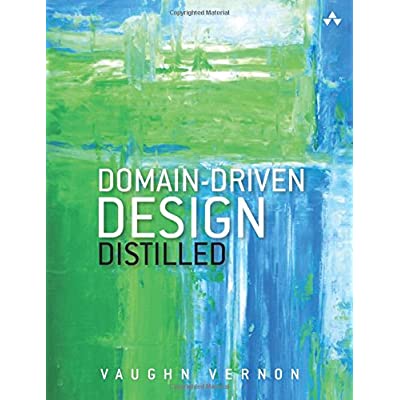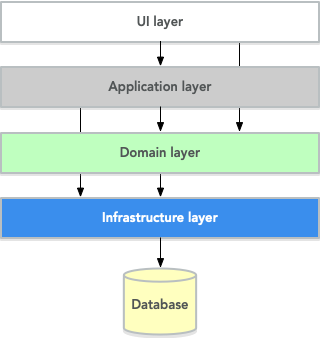

- Domain driven design kindle full#
- Domain driven design kindle software#
- Domain driven design kindle code#
Domain driven design kindle software#
Let’s look at how we might reap some benefits from just using this information in our software development projects Understanding the domain and building a ubiquitous language (UL) Knowing and using them provides benefits, even without the rest of the DDD practices and patterns.

These three principles guide and inform DDD.

Put "translators" at the boundaries between subdomains to keep them from depending on each other’s structures unnecessarily, and also to prevent blurring of the meaning of domain terms. This strategy tends to result in classes with single responsibilities and a terse, focused vocabulary.
Domain driven design kindle code#
If you find that your code is talking about two different things-e.g., the domain solution and the technical implementation-separate those components to keep the subdomains apart.
Domain driven design kindle full#
While the full explanation would take a couple of 500-page books, the essence of DDD is profoundly simple: capture the domain model in domain terms, embed the model in the code, and protect it from corruption. We can understand these concepts and put them to good use right away. I've written about why you need DDD (even though you think you don't), but the question after deciding to use it is-how do I learn DDD? Domain-driven design (DDD), a software development technique first proposed by Eric Evans, includes strategic, philosophical, tactical, and technical elements and is related to many specific practices.


 0 kommentar(er)
0 kommentar(er)
